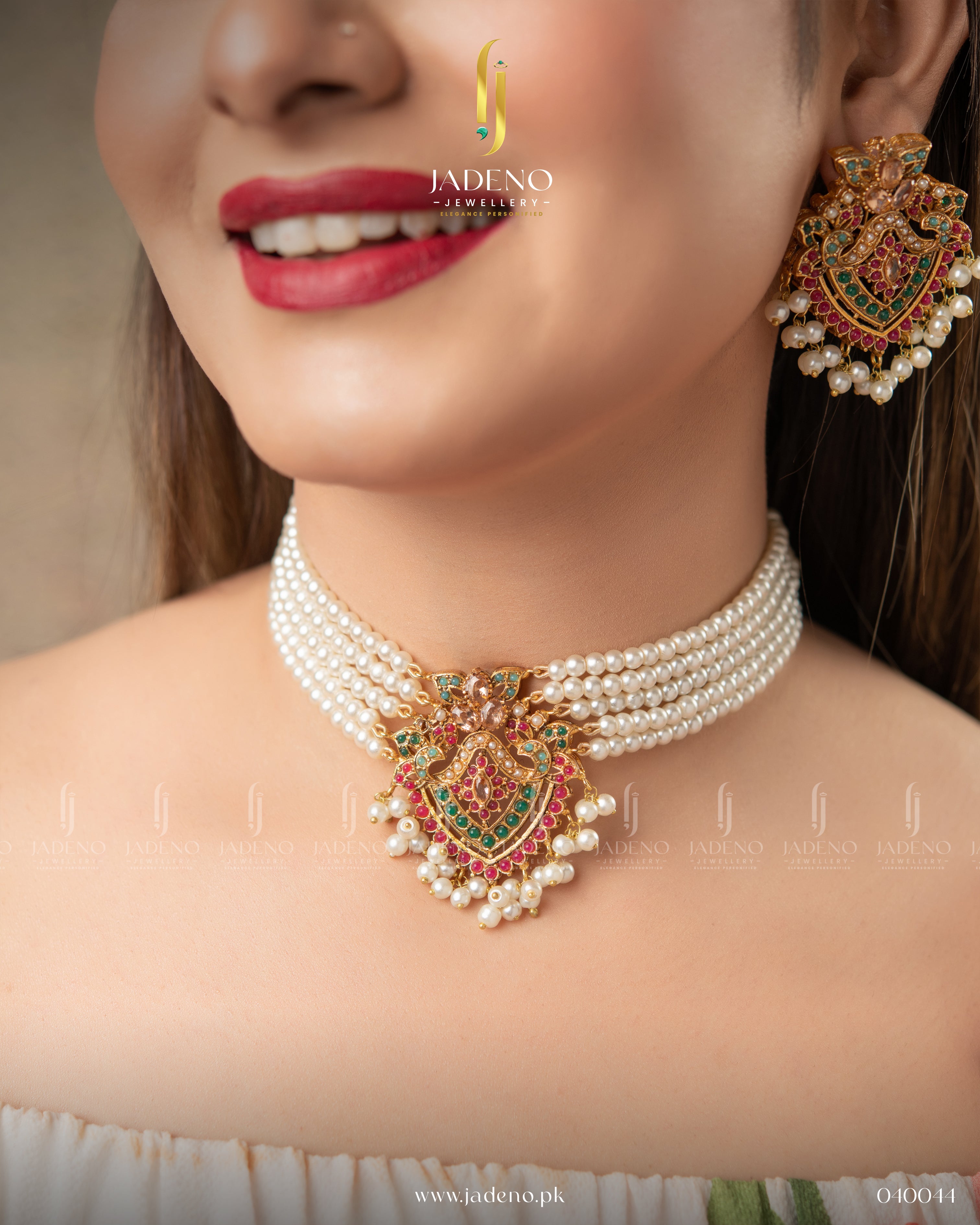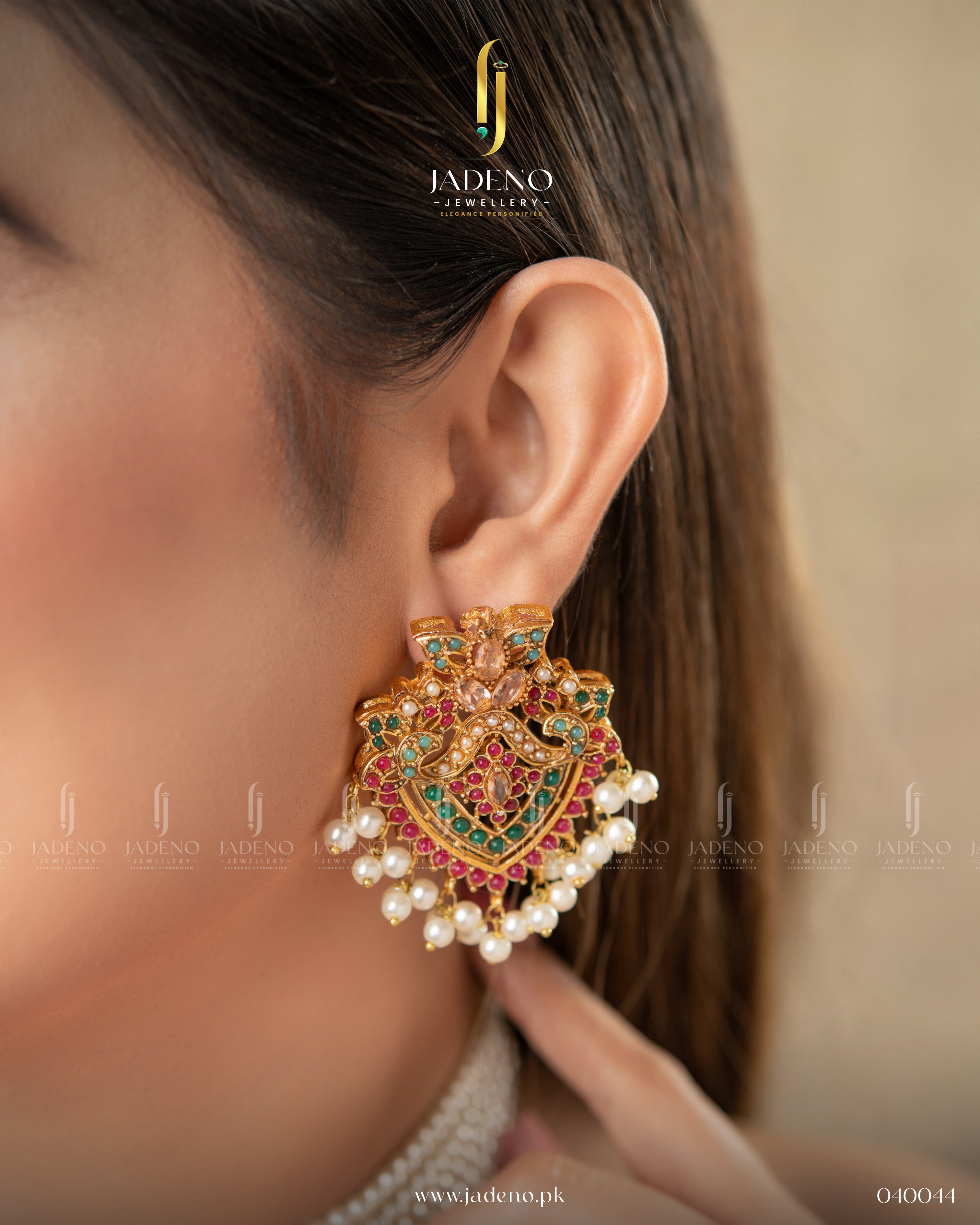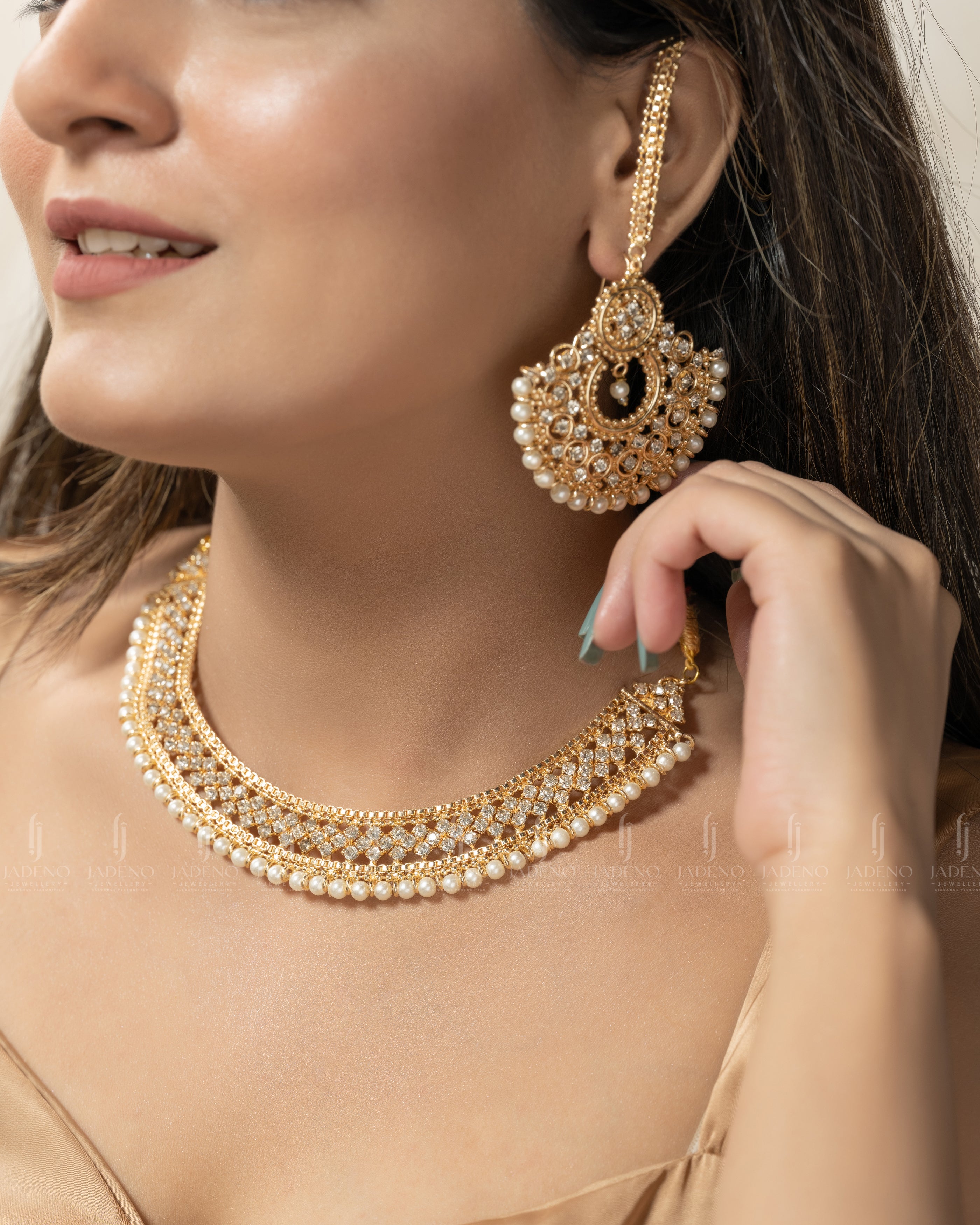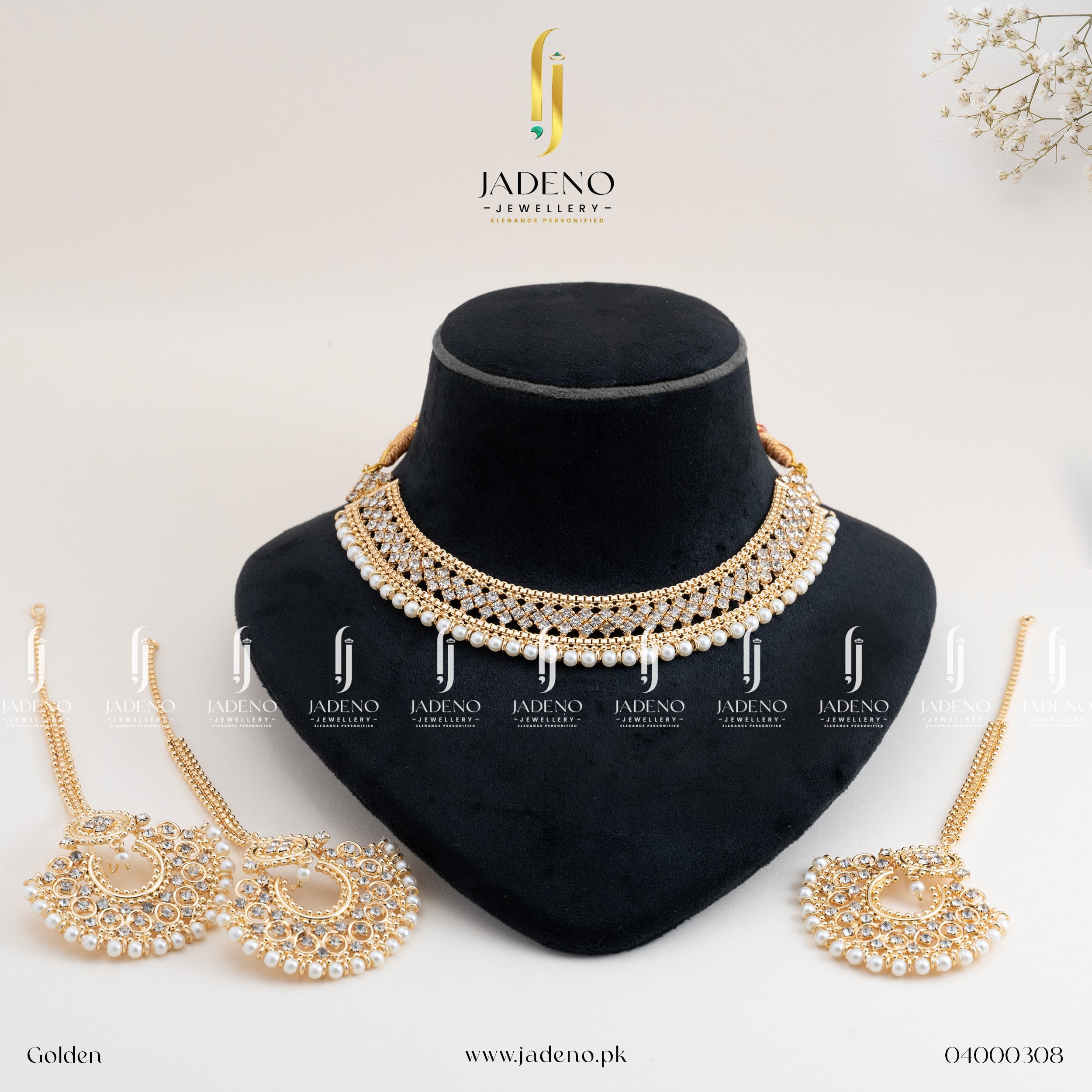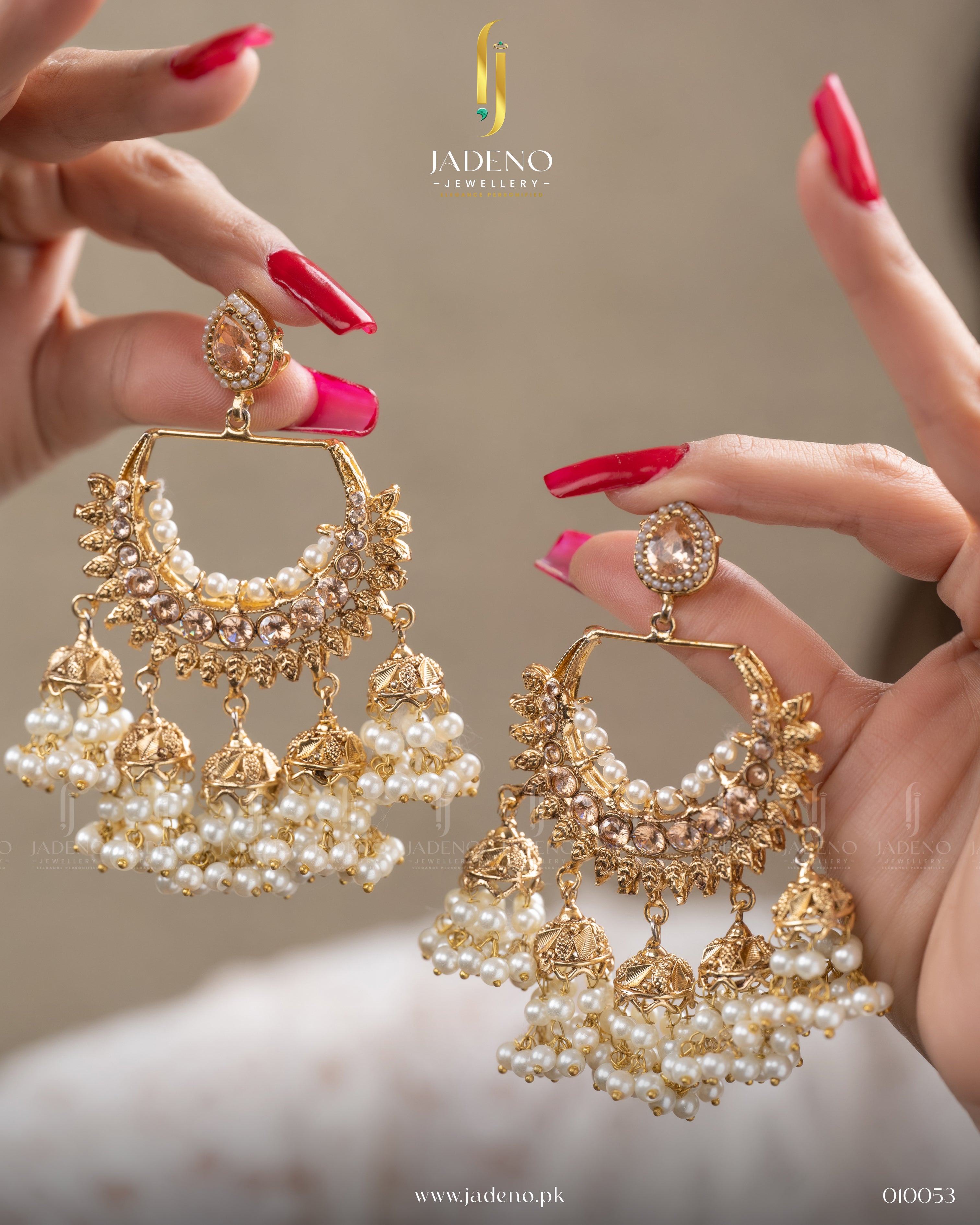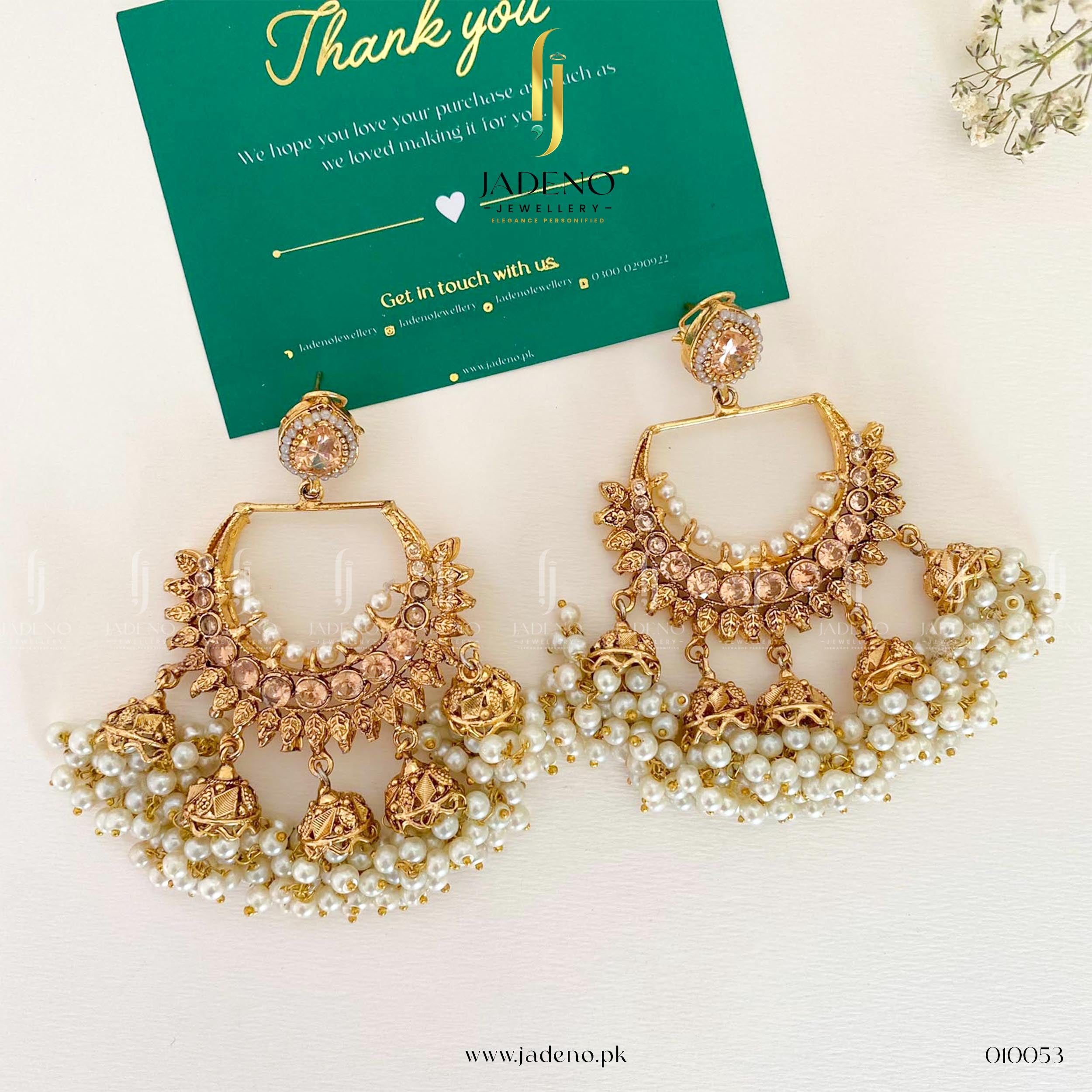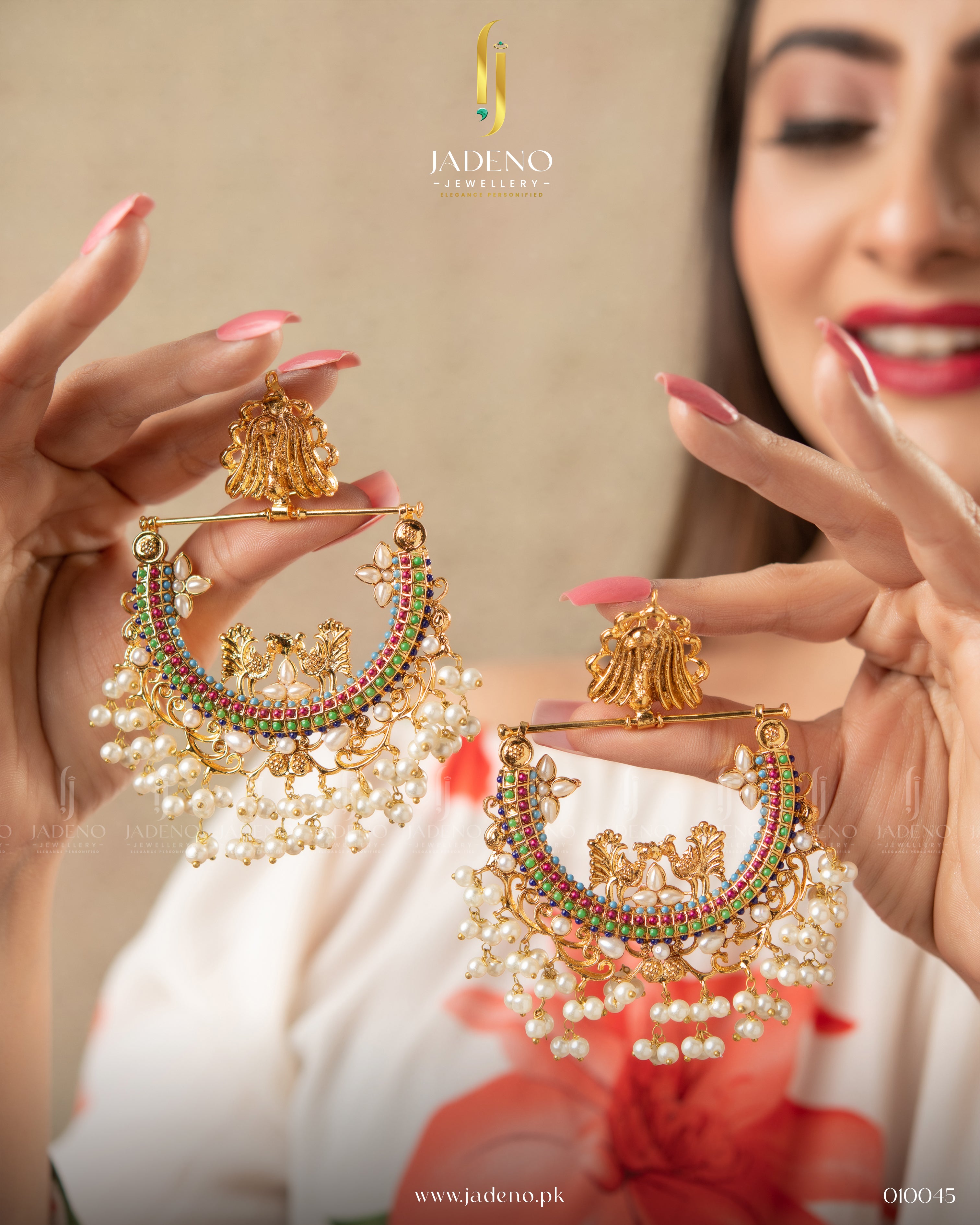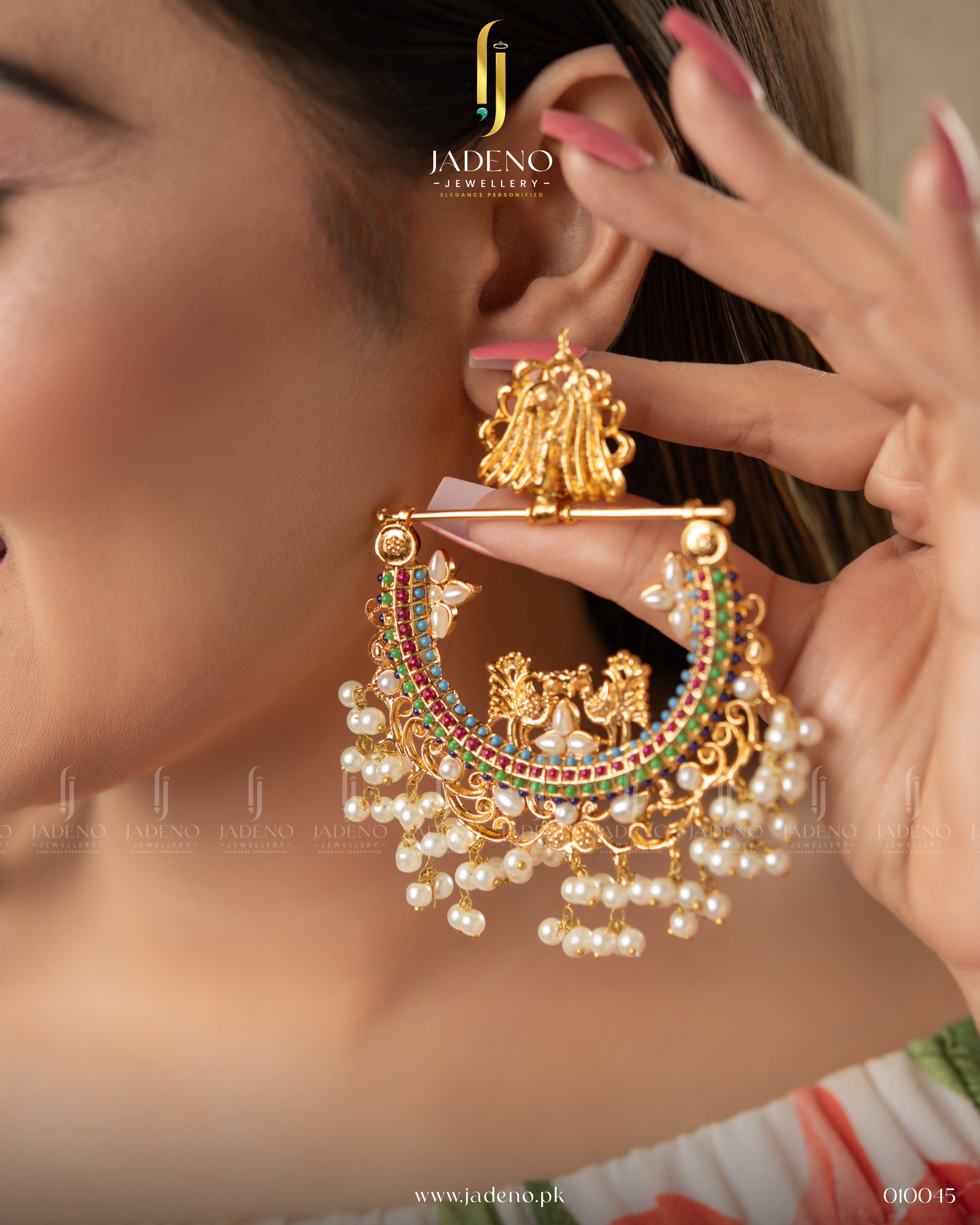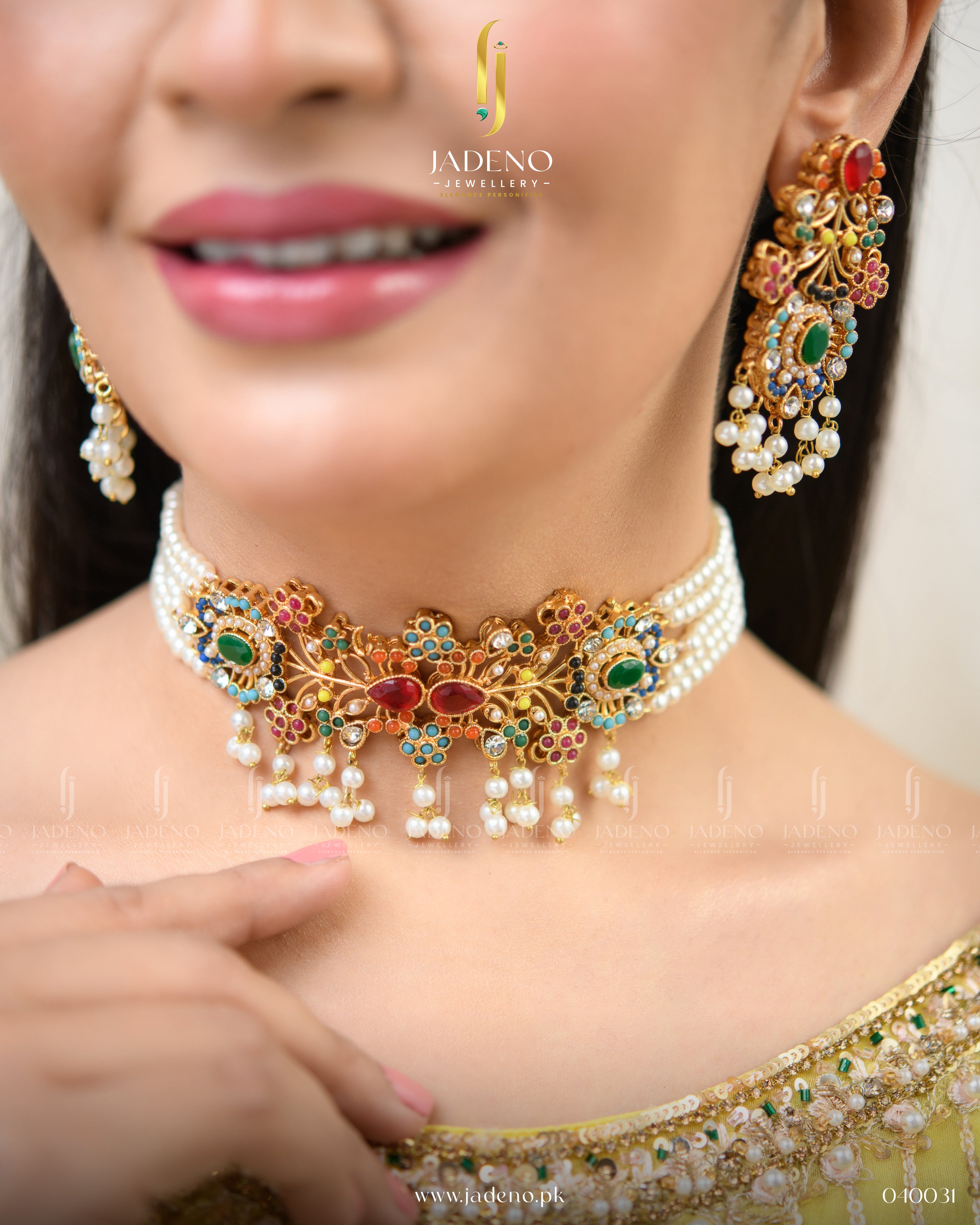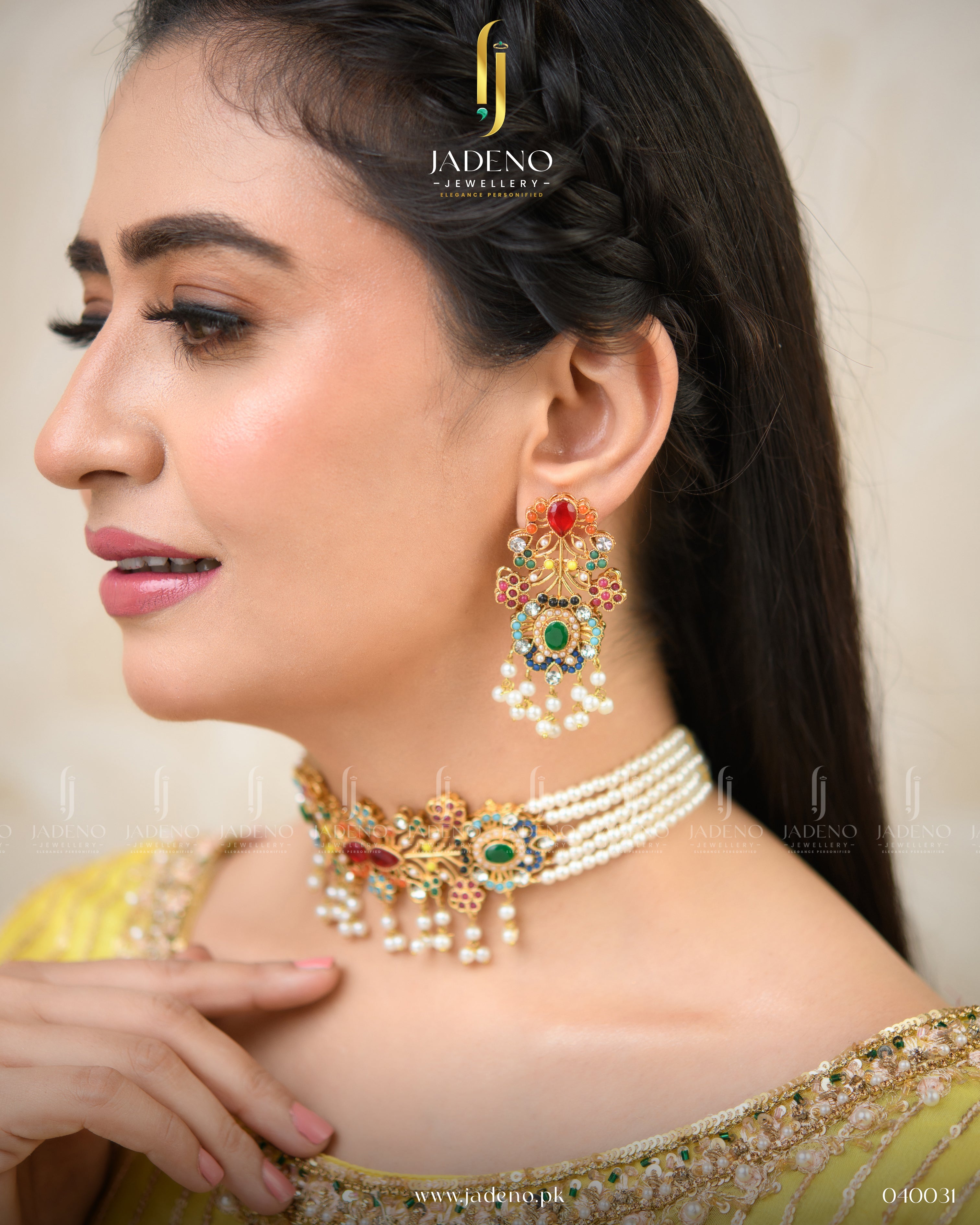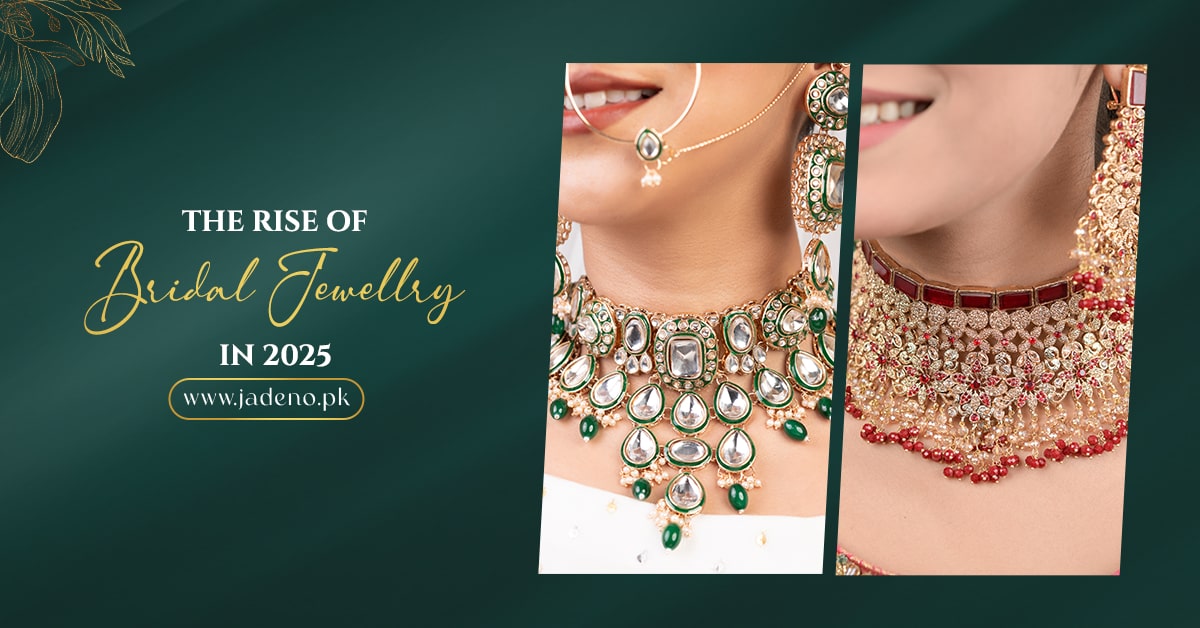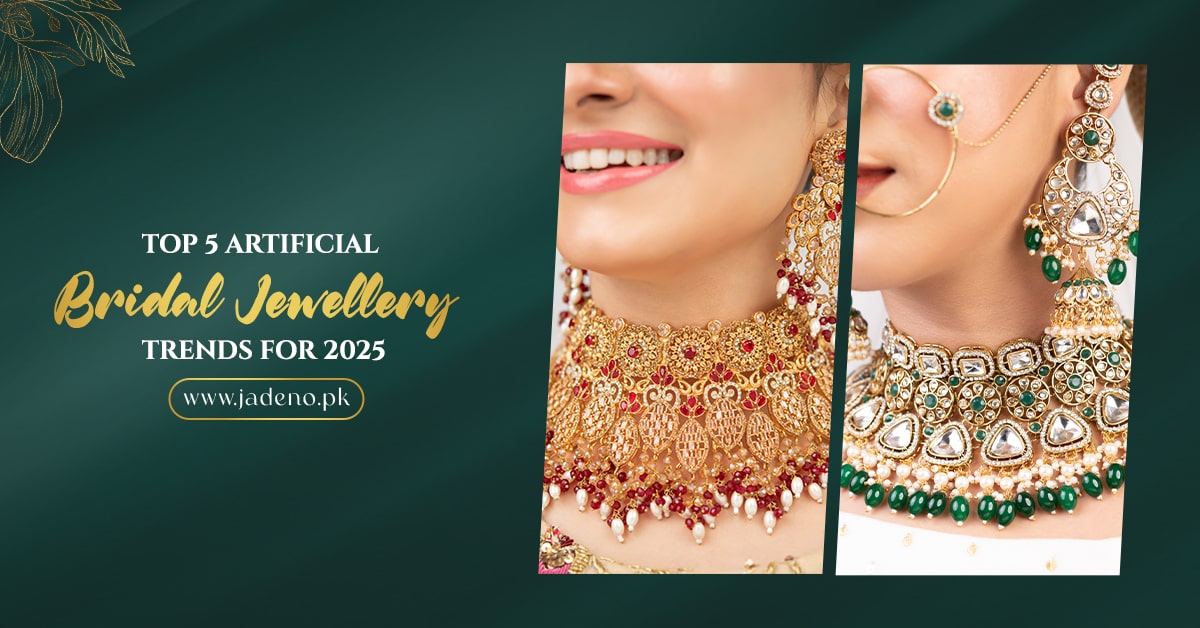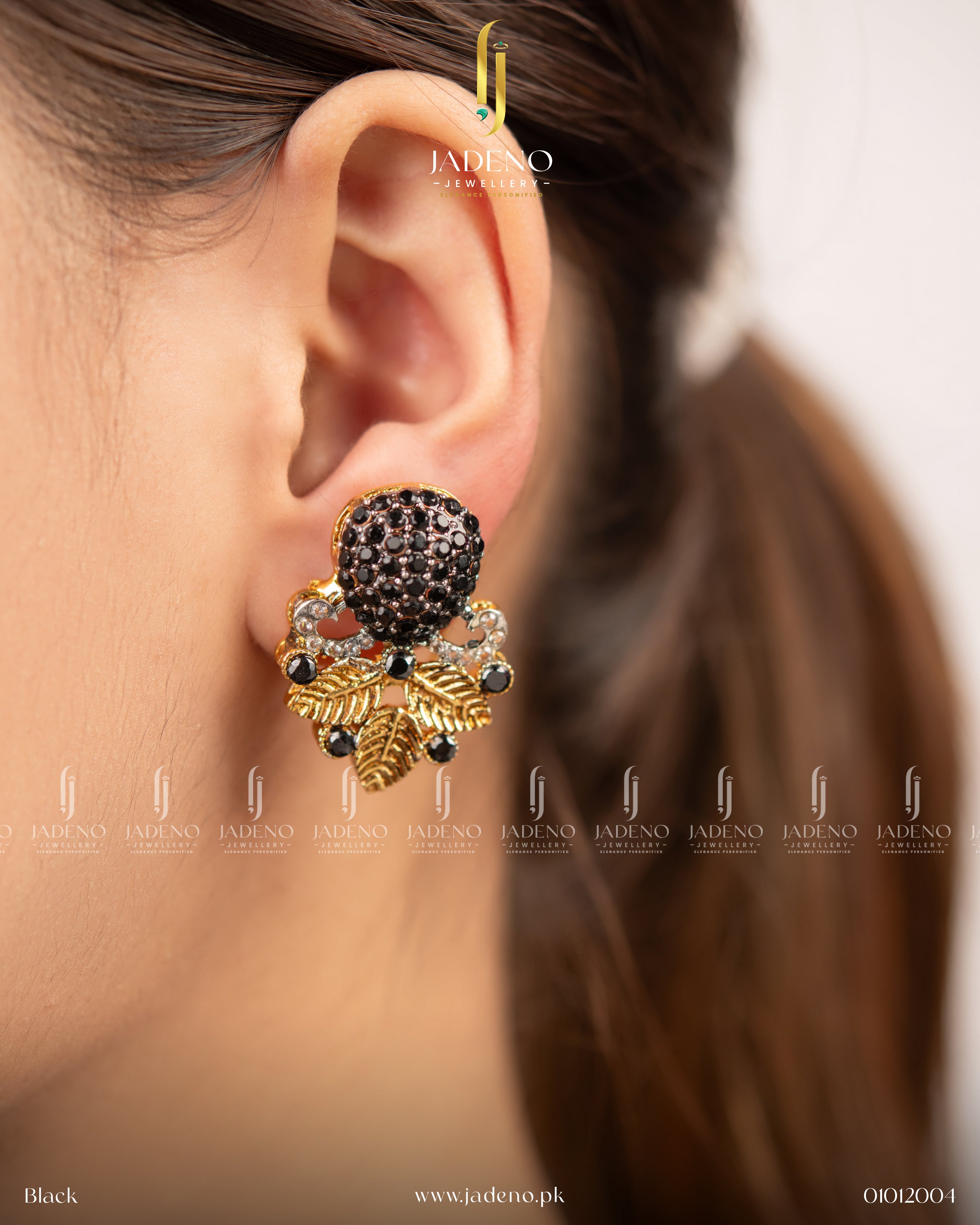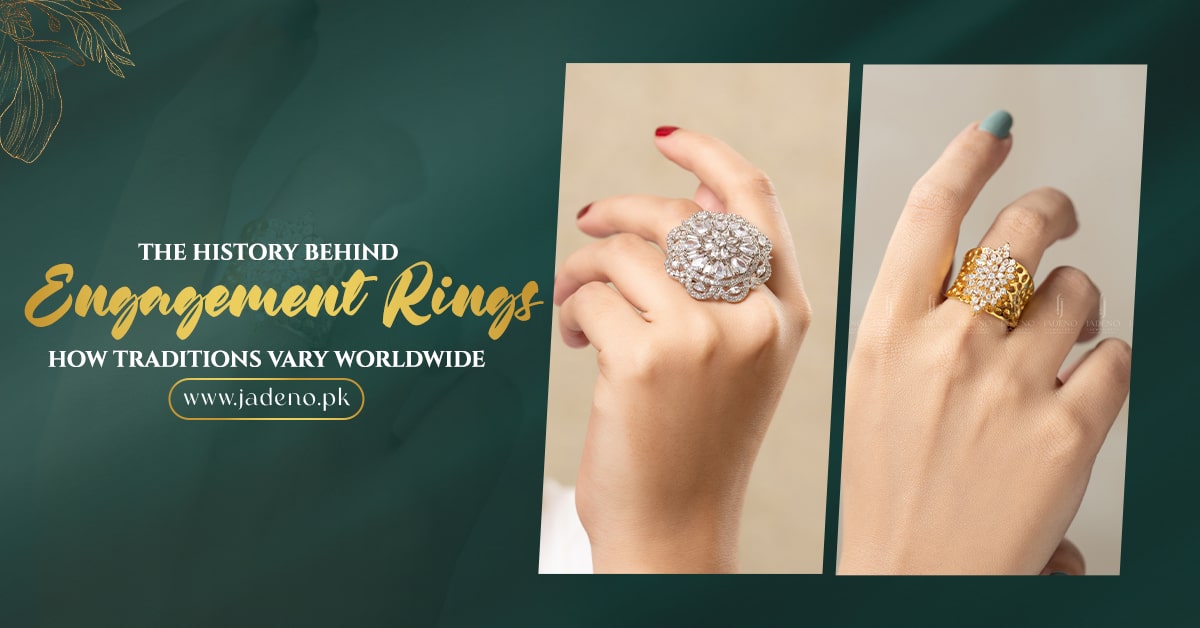
The History Behind Engagement Rings and How Traditions Vary Worldwide
When someone pops the big question, “Will you marry me?”, what’s the first thing that comes to mind? That little shimmering ring, right?
Engagement rings are much more than sparkly ornaments; they are symbols of love, commitment, and in many cultures, even social status. But have you ever wondered why engagement rings exist in the first place? Or how different cultures, including ours here in Pakistan, embrace this cherished tradition?
Let’s travel through time and across borders to explore the history behind engagement rings and how traditions vary worldwide.
A Glimpse into the Ancient Origins
From Rome with Love
The tradition of giving engagement rings dates back to ancient Rome. Roman brides were often given rings made of iron to signify a legal contract rather than an emotional commitment. These rings were worn on the fourth finger of the left hand, believed to have a direct vein — vena amoris — connecting straight to the heart.
Talk about poetic science!
A Diamond Debut in the Middle Ages
The first recorded use of a diamond engagement ring happened in 1477, when Archduke Maximilian of Austria proposed to Mary of Burgundy with a diamond ring shaped in the letter “M.”
That royal gesture sparked a trend among European aristocracy because if it’s good enough for royalty, it’s good enough for the rest of us, right?
The Diamond Boom and the De Beers Effect
Fast forward to the 1940s, when diamonds weren’t just rare, they were exotic. Enter: De Beers, a diamond company that literally changed the world.
Their iconic slogan “A diamond is forever” wasn’t just smart marketing; it redefined romance. Suddenly, diamonds became the ultimate symbol of eternal love. The trend caught on like wildfire, especially in Western countries like the US and UK.
But here’s a fun twist: this global phenomenon eventually made its way to South Asia, including Pakistan, just a few decades later.
Pakistani Engagement Traditions: A Blend of Culture and Modernity
In Pakistan, engagement ceremonies, often referred to as Mangni, are deeply rooted in tradition. While the Western-style diamond solitaire is increasingly popular, especially among urban youth, many families still prefer gold rings, often ornately designed and exchanged between both bride and groom.
Let’s explore a few notable aspects of Pakistani engagement traditions:
Gold Over Diamonds
Diamonds may dominate the global stage, but in Pakistan, gold still rules. Many families prioritise karats over carats, valuing the investment aspect of gold just as much as its symbolic worth.
Ring Exchange is Mutual
Unlike the West, where only the bride typically receives a ring, Pakistani traditions often involve both partners exchanging rings during the ceremony. It’s a lovely expression of mutual commitment.
Family Matters
In our culture, engagements aren’t just between two people, they’re between two families. Ceremonies are often accompanied by blessings, sweets, and prayers (dua) for a prosperous future together.
How Engagement Traditions Vary Around the World
Engagement rituals differ wildly across continents. Here’s a tour of how love is sealed in various parts of the globe:
United States & UK: All About the Bling
In these countries, it’s all about that sparkle. A man traditionally proposes with a diamond ring, often planned as a surprise. The bigger the diamond, the better (or so they say).
Japan: Understated Elegance
In Japan, engagement rings are typically minimalist and elegant, reflecting their cultural preference for subtle beauty. The proposal might not be grand, but the sentiment is always deep.
India: A Touch of Tradition
Much like Pakistan, India blends tradition with modernity. Engagements, or Roka ceremonies, often involve gold rings, henna, and sometimes even astrological compatibility rituals before moving forward.
Middle East: Lavish and Symbolic
In many Arab cultures, engagements involve extravagant jewellery, sometimes more than just a ring. Think full sets including necklaces, bangles, and earrings. It’s not just about the proposal; it’s about displaying family honour and wealth.
Africa: Custom-Made Commitments
In countries like Kenya or Nigeria, engagement traditions differ by tribe. Rings may be exchanged, but gifts like cattle, textiles, or hand-crafted jewellery are also common as a sign of respect and commitment.
Why This Matters in Today’s Pakistani Society
Today’s Pakistani couples are navigating a fascinating crossroads between tradition and modern influence.
While some opt for a simple gold band, others go all out with Western-inspired diamond solitaires. Social media has added another layer to this shift. Pinterest boards, Instagram proposals, and WhatsApp wedding planning groups are reshaping how we view engagements.
But despite all these changes, the essence remains the same: commitment, love, and the promise of forever.
Conclusion
So, whether you're drawn to a sleek diamond solitaire or a traditional gold band passed down from your grandmother, your engagement ring tells a story. It whispers tales of your heritage, your choices, and your dreams for the future.
In a world filled with trends, some things, like love sealed with a ring, remain eternal.
FAQ: The History Behind Engagement Rings and How Traditions Vary Worldwide
1. Who started the tradition of engagement rings?
The tradition began in ancient Rome, where women were given iron rings to signify a contract of marriage. The modern diamond engagement ring became popular after Archduke Maximilian’s proposal in 1477.
2. Are diamond rings common in Pakistan?
While gold is still preferred culturally, diamond rings have become increasingly popular in urban areas, especially among younger couples influenced by Western traditions.
3. Do both the bride and groom wear engagement rings in Pakistan?
Yes, in most Pakistani engagement ceremonies, rings are exchanged between both parties, unlike in many Western cultures where only the bride typically receives a ring.
4. Why is the engagement ring worn on the fourth finger of the left hand?
This tradition comes from the Roman belief that a vein — vena amoris — runs directly from the fourth finger of the left hand to the heart.
5. How do engagement traditions in Pakistan differ from those in the West?
Pakistani engagements are more family-centric and often involve religious customs, mutual ring exchanges, and gold jewellery. In contrast, Western engagements typically focus on the proposal moment and a diamond ring for the bride.

